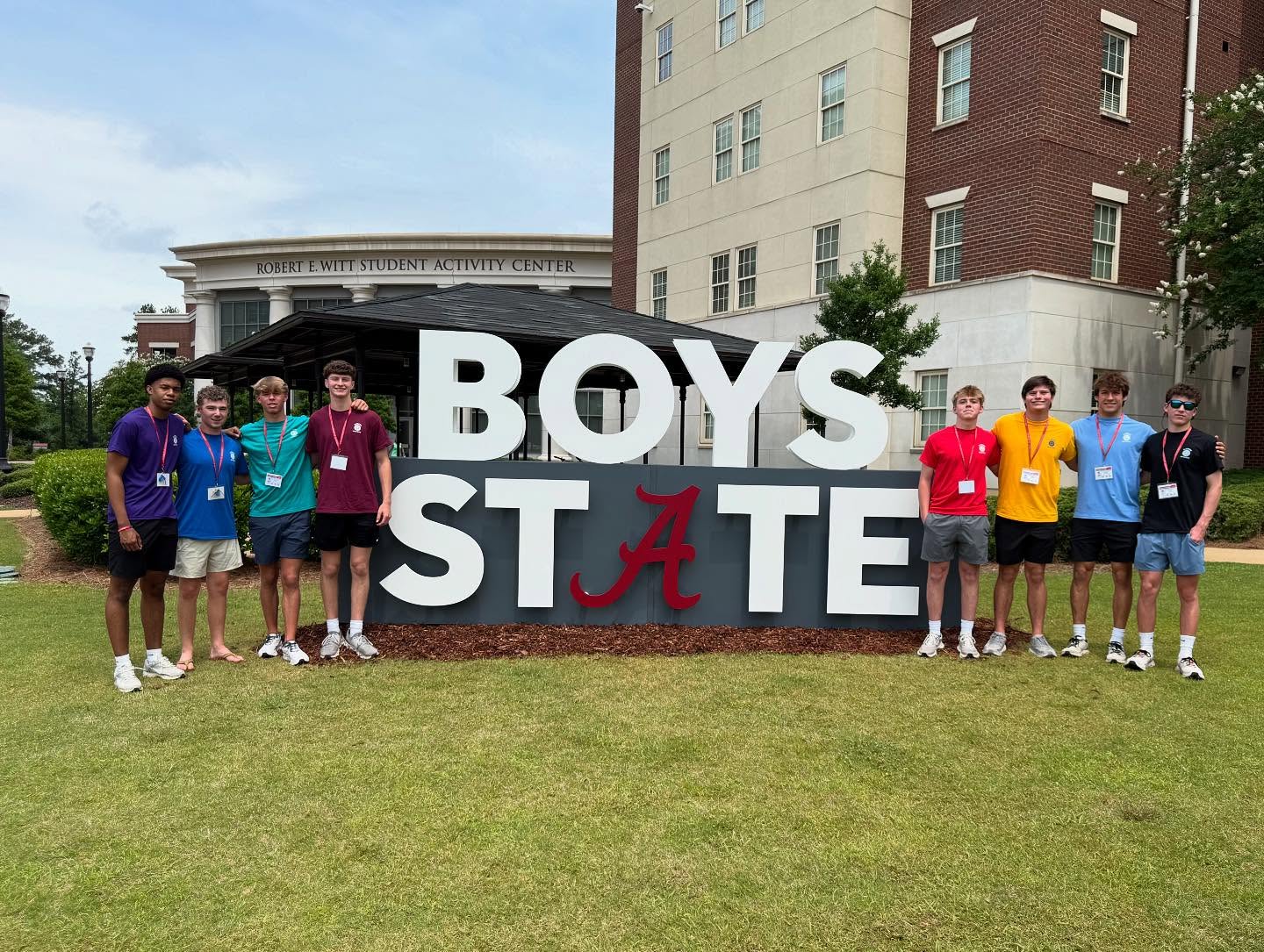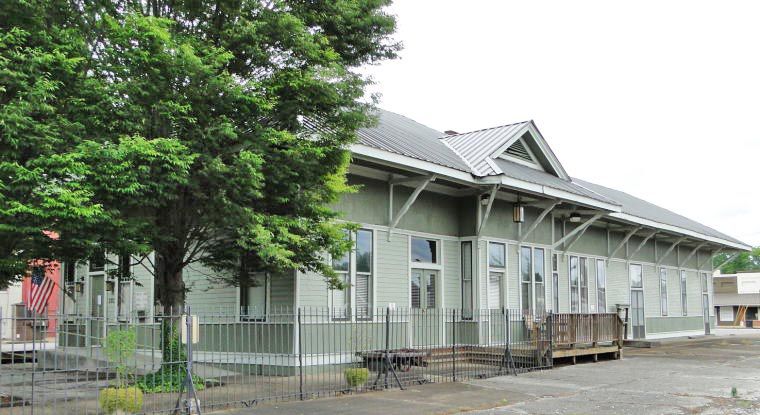County fund balance takes another hit
Published 6:00 am Thursday, September 13, 2018
Limestone County School’s chief financial officer informed the board Tuesday that another $320,000 would have to come out of the Limestone County School System’s reserve before the budget for fiscal year 2019 could be sent to the state for approval. Despite only having 33 percent of one-month’s required reserve, far less than they had hoped, the board unanimously approved the final budget at the close of an eventful school board meeting.
In what CSFO Kimberly Hubbard described as a “conservative budget,” she noted the primary difference between the budgets reviewed at the first and second budget hearings was the discovery that a $320,000 payment was made to the state in December 2017.
According to Hubbard, the $320,000 payment for a required annual sinking-fund payment related to the Qualified School Construction Bond debt (borrowed in 2009) had not been properly coded or budgeted.
“Because the payment has not been (properly) budgeted in FY ’18 and was also improperly coded when it was paid in December, it was overlooked in building the debt-service budget for 2019,” she said.
The $320,000 had to be accounted for and was therefore added to the general fund, causing the fund balance to drop to $2,228,777 in the final FY ’19 budget.
Hubbard also reclassified state revenue for capital purchases to fall within the capital projects fund, removing them from their previous location in debt service. The capital projects fund previously had a balance of zero. Now that the capital purchases and some instructional and operation and maintenance expenditures related to capital projects were added, the capital projects category now has a balance of a little more than $2 million.
Superintendent Dr. Tom Sisk remains hopeful that by January of next year, tighter spending, increased revenues from local tax sources and greater budget oversight will translate into savings that will be used to restore the ever-shrinking fund balance.
Superintendent evaluation
In a year blighted by teacher cuts and budget woes, the board evaluated the superintendent for the first time since 2016, giving him an overall performance score of 3 based on a scale of 1 to 5, with 1 being poor and 5 being exemplary. The seven-member board rated Sisk’s performance across a wide range of categories, including facilities management, financial management, community relations, management of student services, communication and interpersonal relations, and technology management.
“The board members were very careful in evaluating and looking at all of the superintendent’s responsibilities and how he has carried them out throughout the year,” Shoulders said. “I believe this was a very accurate evaluation.”
Broken down by question into individual pie charts, Sisk received a score of 1 in three areas: long and short range planning for facilities, preparing budgets and ensuring expenditures are within limits approved by the school board, and implementing and maintaining an effective long-range technology plan for the system.
“I’m painfully average in this evaluation,” Sisk said. “I have the chance to look at the points of this evaluation and get better. I think I am above average, and I’m going to work harder to prove that I am above average.”
When board members were asked to rate Sisk’s ability to communicate with the media and community, 57.1 percent of them thought he was doing a “below average” job, giving him a score of 2.
In response to the unfavorable communication rating, Sisk said, “Since I became superintendent, there have been about 1,200 articles about me in The News Courier and The Decatur Daily and probably 95 percent of them were positive.”
Sisk said the last time he was evaluated in 2016, the board granted him a five-year contract.
To view the full evaluation go to https://bit.ly/2Mszvjb, scroll to No. 17 and click on “Superintendent’s Evaluation.”
Paying for field trips
Several board members were clearly irritated when Sisk suggested individual schools or students should start shouldering the cost of some field trips.
Traditionally, field trips that do not have the support of a booster club or other extracurricular organization have been paid for in-full or in-part by the Central Office out of the general fund.
However, Sisk said he did not realize how many field trips were being taken by students each week, suggesting a fee structure where students would pay somewhere between $5 and $10 to cover bus driver salaries and fuel costs depending on the duration of the trip.
“It’s an expensive endeavor, and we want folks to be able to go, but this is a way for us to cover it,” Sisk said. “These are all options.”
For those who don’t go on the school trips, a study hall and additional lessons would be provided, Sisk said.
Board member Bret McGill said he disagreed with charging for educational field trips such as the upcoming college and career exploration trip to Athens State University that county high school juniors and seniors take every year.
“If we are trying to expose our kids to college and career, which has been your (Sisk’s) mantra for years, and now you are asking them to pay? I just don’t think it’s fair or right,” McGill said.
Board member Ed Winter added he was concerned that students who can’t afford to pay would miss out on experiences designed to close the achievement gap. Of the 15 schools in the county, 12 are designated Title schools, meaning they receive additional federal funding based in part on the number of students who qualify for free and reduced-price lunch.
“There is a lot of data out there that shows kids who can afford to take these trips are already doing it in their everyday lives, but there are kids out there who can’t pay $5,” Winter said. “They need to be able to go on these trips to see what is out there in order to overcome the achievement gap.”
Ardmore High School Principal Glenn Bryant echoed Winter’s concerns.
“We are in a great spot and we have money in our budget and can afford to do this (pay for field trips),” Bryant said. “We wouldn’t pass that on to our students. But I am concerned that we have some schools who can’t afford to pick up the bill. So, we need to have a plan and it needs to not be that students pay because then what happens is the students who can will (pay) and those who can’t won’t. Plus, it creates an administrative problem because we have to provide staffing for those who can’t go, which costs us money.”
Rusty Bates, director of Transportation and Athletics, estimates on average about 40 field trips take place each week during the school year, including athletic events.
Neither Bates nor Sisk could provide an estimate of how much these field trips cost the system annually.
Sisk said at this point nothing has been voted on and that he was simply trying to generate a conversation while still providing students the opportunities they need.
Capital plan
The board also voted 6-1 on this year’s capital plan, approving the $1.15 million estimate, with Ronald Christ voting no.
Included in the slimmed-down plan are an administrative addition to Tanner Elementary School and roofing, asphalt sealing, striping and painting at various schools.
Shoulders said now that Tanner Elementary has its own administrator and full-time secretary, the board should make the administrative addition a priority.
“We have a situation at Tanner where the secretary sits in a classroom by the front door,” Shoulders said. “It is very tacky, to say the least.”
The problem is, according to Sisk, that the $409,865 allocated toward the project two years ago won’t be enough to complete the project because of increased labor and construction costs. Updated estimates put the cost of the addition closer to $550,000.
“I think there are going to be a lot of conversations in the weeks and months ahead (about) where we are going to go. If we follow through with the original plan, we have $400,000 allocated and we don’t have the luxury of building our space for that,” Sisk said.
If the board decides to pursue the project at Tanner, the additional funding would have to be pulled from elsewhere.





